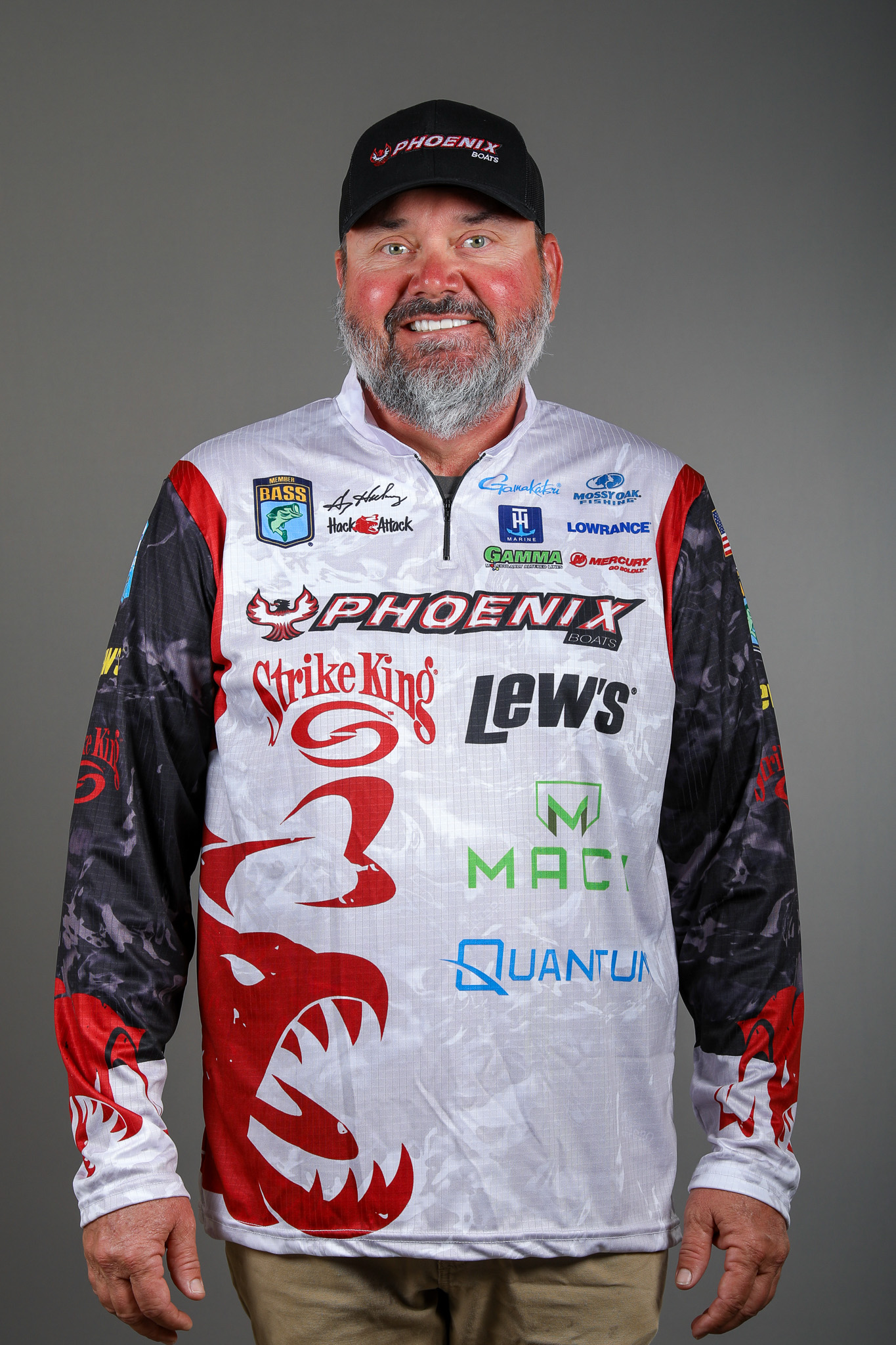Over the years I’ve learned to love bluff walls, especially in the wintertime. They almost always produce something and, in a lot of cases, what they produce will be some of the biggest bass of the season. But, you have to fish them right.
Before we get into fishing them, however, we need to think about what a bluff wall is and why it’s such a great place to bass fish when the water’s cold. Actually, they’re good all year with the exception of the spawn. But it’s winter right now so that’s what we’ll talk about here.
Almost by definition a bluff will be on a channel. It might run straight alongside the bluff or it might swing up against it, but it’s always there. (I know that there are a few exceptions out there to what I just said. But they are so few in number that we’re not going to worry about them.)
At the same time there’s almost always a flat across the water — against the other bank — from a bluff. As a practical matter that means we’re looking at a vertical surface that’s near a horizontal surface with a deep water cut in between them.
That gives the bass easy vertical movement. If the water drops, they can drop straight down with it. If it rises, they can rise straight up with it. The same thing is true if the water warms or chills. They don’t have to travel horizontally to stay comfortable. And, if there’s a radical warming trend, they can move over to the flat.
Baitfish like bluff walls, too. They have algae and other types of food growing on them so the baitfish have something to eat, and the same physical factors that are attractive to bass are attractive to them. Let’s not forget crayfish, either. They’re all over the rocks and whatnot that are on and off the walls.
All these things create perfect bass habitat. Everything they need to survive is right where they are. They don’t have to hardly move at all.
Along with all of that is the fact that there are usually specific places on the bluff that’ll attract bass. Most of them have shelves that run out as the wall drops into the water. Sometimes they’re big, sometimes they’re small. But they’re almost always there. You will also find seams and cuts where the wall changes from a solid vertical rock surface to a chunk rock slide. In some cases, you’ll find gravel or sand below that.
That stuff all creates a ton of ambush points.
The advantages are just as good for those of us who are trying to catch the bass. We have a visual target in the portion of the wall that’s above the water, and we know that what we’re fishing isn’t too far from the wall. That makes it easy to make accurate casts and cover the structure efficiently.
The trick to doing that — once you pick the right bluff — is to cover all the depths efficiently until you find where the bass are holding. We’ll talk about that next week.





